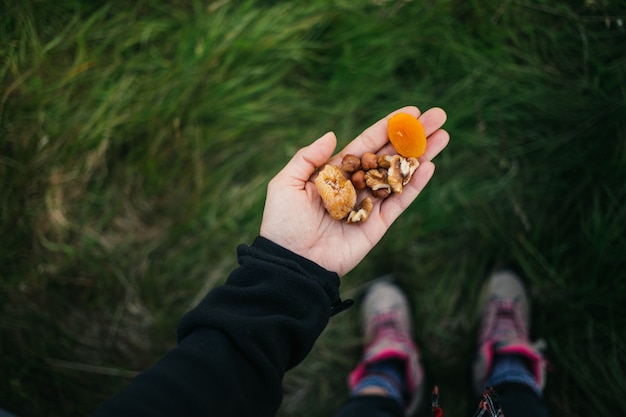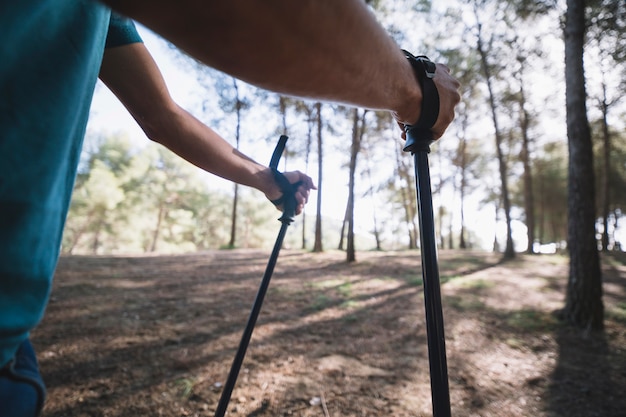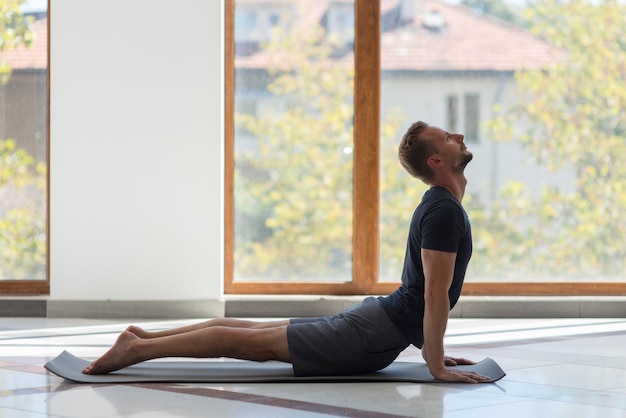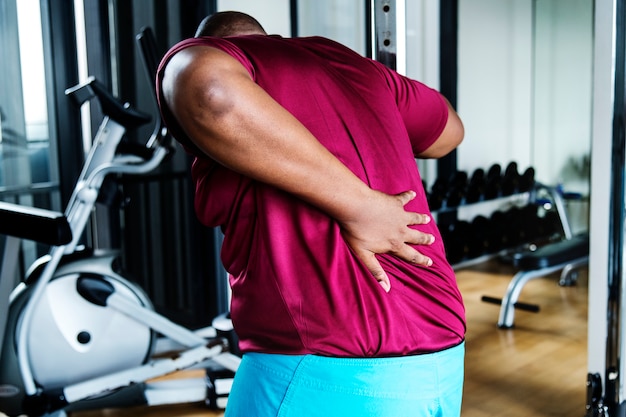Sitting for long hours at a desk can slow metabolism, weaken muscles, and make fat loss feel out of reach. But what if your next fitness breakthrough came not from the gym, but from the trail? Hiking is a powerful, low-impact way to burn fat, improve cardiovascular health, and reset your mindset—especially when paired with smart preparation and nutrition.
This guide delivers 20 practical, coach-style strategies tailored for desk workers. From posture corrections to meal timing and trail-ready workouts, you’ll learn how to turn hiking into a fat-burning powerhouse—without needing extreme fitness levels.
Poor posture from sitting all day leads to inefficient movement and injury risk. Before hitting the trail, practice standing tall: shoulders back, core engaged, chin slightly tucked. This improves breathing and hiking efficiency.

Desk muscles stiffen. Activate them before hiking with leg swings, hip circles, and torso twists. Just 5 minutes boosts blood flow and reduces strain.
Carry a lightly weighted backpack (5–10 lbs). It increases calorie burn and builds endurance. Start light and gradually add weight as you adapt.
Lean slightly forward on inclines, use your arms to propel, and take shorter steps. Avoid locking your knees on descents to protect joints.
Elevation increases effort. Even a 5% grade can double calorie burn compared to flat walking. Seek out rolling hills or stair trails in parks.
Morning hikes on an empty stomach may enhance fat oxidation. If you're not used to fasting, have a small snack like a banana 30 minutes prior.
Dehydration slows metabolism. Drink 16–20 oz of water 1–2 hours before hiking. Carry a reusable bottle and sip regularly.
Post-hike nutrition matters. Bring jerky, nuts, or a protein bar. Protein aids muscle recovery and keeps you full longer.

Alternate 2 minutes of fast hiking with 3 minutes of steady pace. This boosts calorie burn and improves cardiovascular fitness.
Do seated leg lifts, calf raises, or glute squeezes during breaks. These small moves combat muscle atrophy and prep for trail demands.
Good hiking shoes improve stability and reduce fatigue. Visit an outdoor store for a gait analysis if possible.
Use a fitness tracker to monitor progress. Aim to increase weekly elevation gain by 10% to steadily build endurance.
Stop mid-hike for 5 squats, 10 push-ups (on a rock), and 15-second plank. Bodyweight exercises amplify fat burn.
A strong core stabilizes your body on uneven terrain. Practice drawing your belly button toward your spine while walking.
Eat a balanced meal 2–3 hours before: complex carbs (oats), lean protein (egg), and healthy fats (avocado). Avoid heavy, greasy foods.
Nasal breathing during moderate effort improves oxygen efficiency and endurance. Practice diaphragmatic breathing during your workday.
Every hour, walk for 3–5 minutes. This breaks up sedentary time and primes your body for weekend hikes.
They engage upper body muscles, reduce joint impact, and increase calorie burn by up to 20%.

Within 45 minutes post-hike, consume a 3:1 ratio of carbs to protein (e.g., yogurt with berries) to replenish energy and repair muscles.
Consistency beats intensity. Schedule one 60–90 minute hike weekly. Over time, fat loss and stamina will follow naturally.
Hiking isn’t just a weekend escape—it’s a sustainable fat-loss strategy. By preparing your body, fueling wisely, and using smart techniques, desk workers can transform their health one trail at a time.

Fitness

Fitness

Fitness

Fitness

Wellness

Wellness

Fitness

Wellness

Health

Wellness

Wellness

Wellness

Health

Fitness

Health

Health